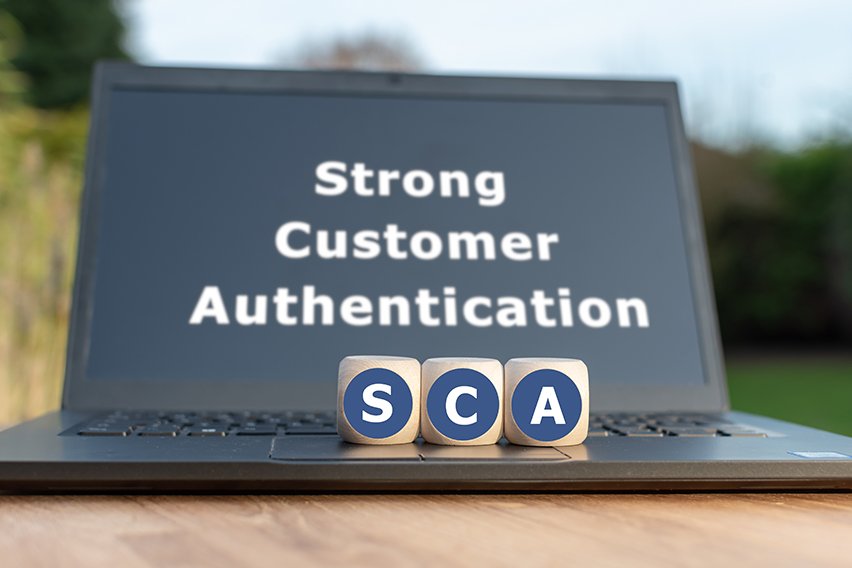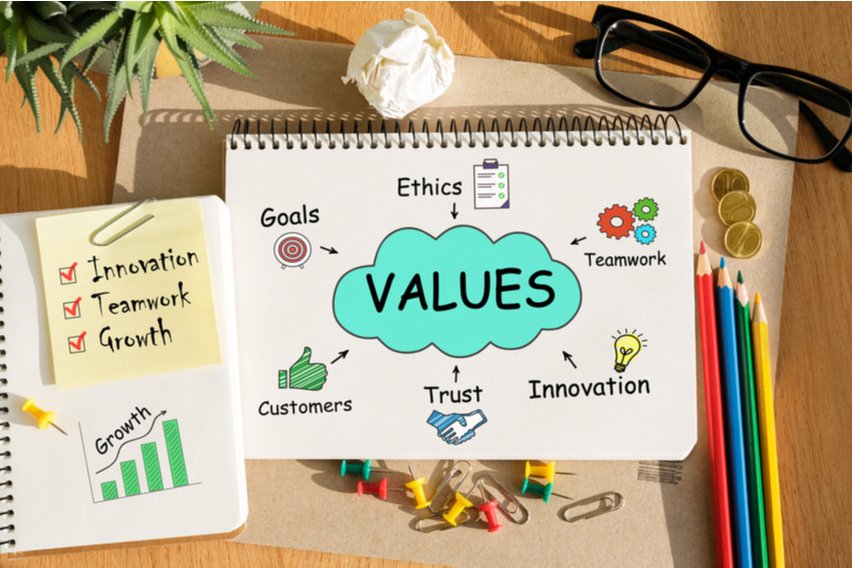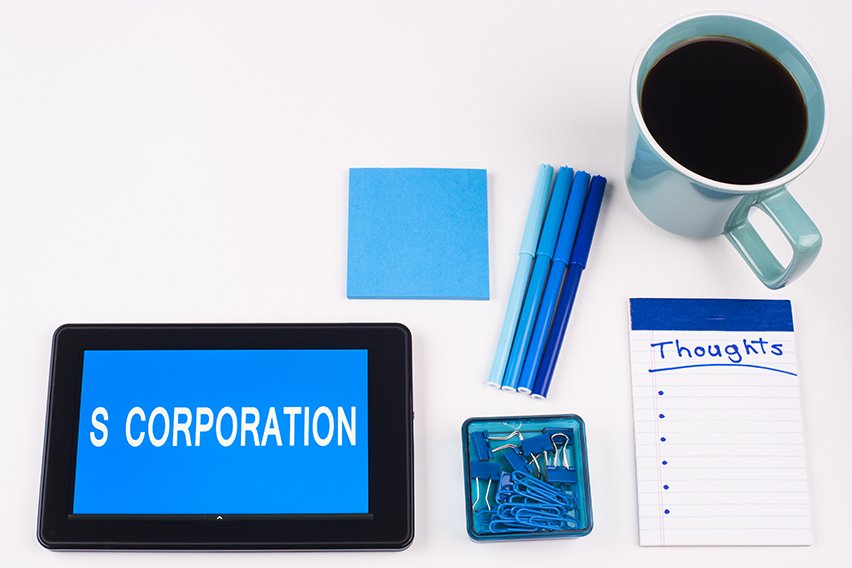4 Types of Inventory to Know About

When starting a new business, there are a lot of things to take into consideration.
One of the most important aspects of any business is customer satisfaction.
If your customers aren’t happy, they won’t spend money. If they don’t spend money, you don’t make money. And if you don’t make money, you run the risk of becoming one of the 20%-30% of small businesses that close in their first year.
Customer satisfaction hinges on a lot of factors, but one of the most obvious ones is the availability of your products.
If a customer comes into your store looking for a product, but you’ve run out, they will most certainly leave without making a purchase.
That’s why it’s key to make sure your business has a good handle on its inventory and its inventory turnover. Ideally, the supply will meet customer demand.
But what exactly is inventory? And what sort of inventory types are there? Let’s take a closer look.
Here’s What We’ll Cover:
What Is Inventory?
Inventory is simply defined as a stock or store of goods.
These goods are maintained and updated by a business to meet the demands of its customers.
Any business that deals with inventory will know that it is also the process of tracking your stock items and stock levels. This is so you can prepare and have the capability to fill predicted orders.

It’s important to have a balance between meeting demand, and not over-ordering. It is financially unwise to constantly be sitting on excess inventory, especially if you stock perishables. The last thing you want as a business owner is to be sitting on a large amount of dead stock.
The ideal scenario would be to have the exact amount of key stock needed to meet the demand of your customers. But most businesses should aim towards either just running out of stock items by the end of the day, or having a minimal amount of extra inventory.
To run your business efficiently and effectively, it’s also vital that you understand the four different types of inventory.
The 4 Types of Inventory
There are four stages in the inventory process. It’s important to understand the difference between each four so that you can identify what type of inventory you have.
This way you can make better financial decisions for your business and its supply chain.
Here are the four stages of the manufacturing process when it comes to your inventory.
1. Raw Materials
Your inventory, at its most basic level, is referred to as raw materials.
This is the material needed in the first step of the production process to turn your inventory into the finished product.
For a very basic example, if you run a bakery whose key stock is decorative cakes, your raw materials would include eggs, flour and sugar. These raw materials would make up the finished product – which is the cake.
2. Work-In-Progress
Inventory that is being worked on is referred to as Work-In-Progress or WIP inventories for short.
As the name suggests, it’s literally your semi-finished goods or any unfinished products.
Things that would be considered, in a cost perspective, WIP would include raw materials, labor and any overhead costs.
It also refers to the inventory needed for your end product to sell. So to stay on the bakery analogy, the packing material you’d sell the cakes in would be considered WIP. That’s because the cake cannot be sold to the customer unless it is stored in the correct packaging. Therefore it’s literally a work-in-progress.
3. Finished Goods
This is the simplest step to understand in the entire process. Your finished goods inventory is what you are displaying for the customer. It’s goods that are ready to be purchased. It’s your fully baked and decorated cake that is stored in its box and on the shelf waiting to be bought.
Essentially, any product that is ready to be sold is considered finished goods.

4. Overhaul / Maintenance, Repair and Operating Supplies (MRO)
Overhaul or MRO inventory is about the specific details.
It is the inventory that is required to assemble and sell your finished goods but is not actually a part of the product itself.
For example, if you were a clothing manufacturer making jeans, then the sewing machine and needles would be considered MRO. Or if you run an office, then office supplies and stationery would also fall into this category.
Key Takeaways
To successfully run a business with an efficient supply chain, it’s vital that you understand your inventory and what each stage is. That way you can organize each detail and keep track of your inventory in case of any form of inventory issue.
Are you looking for more business advice on everything from starting a new business to new business practices?
Then check out the FreshBooks Hub.
RELATED ARTICLES

 What Is SCA? (Strong Customer Authentication)?
What Is SCA? (Strong Customer Authentication)? Value Statement: Definition, Benefits & Importance
Value Statement: Definition, Benefits & Importance What Is Recruitment? Definition, Meaning, and Process
What Is Recruitment? Definition, Meaning, and Process S Corporations: Advantages & Disadvantages
S Corporations: Advantages & Disadvantages 3 Different Types of Compensation
3 Different Types of Compensation What Are Convenience Goods?
What Are Convenience Goods?